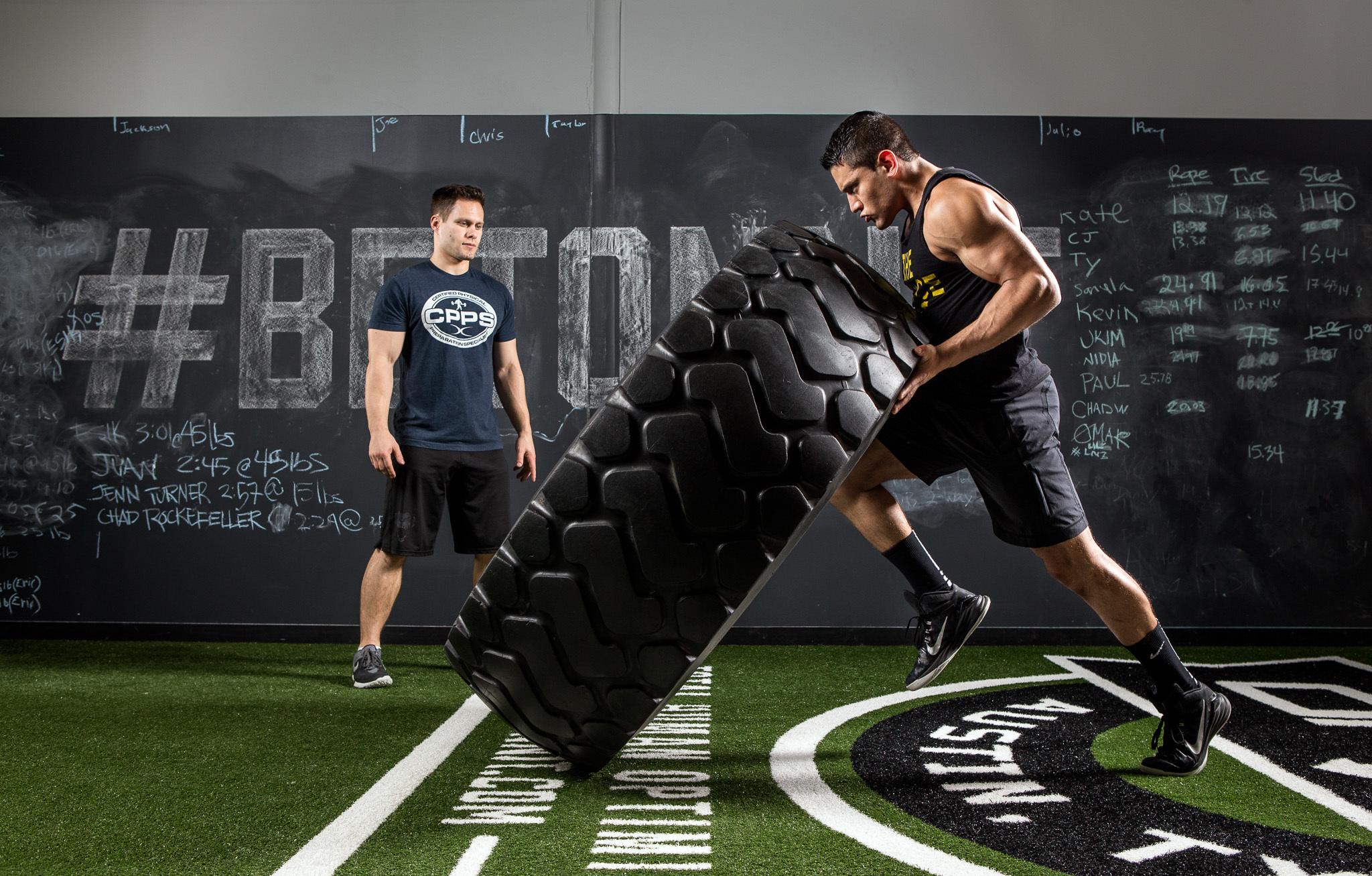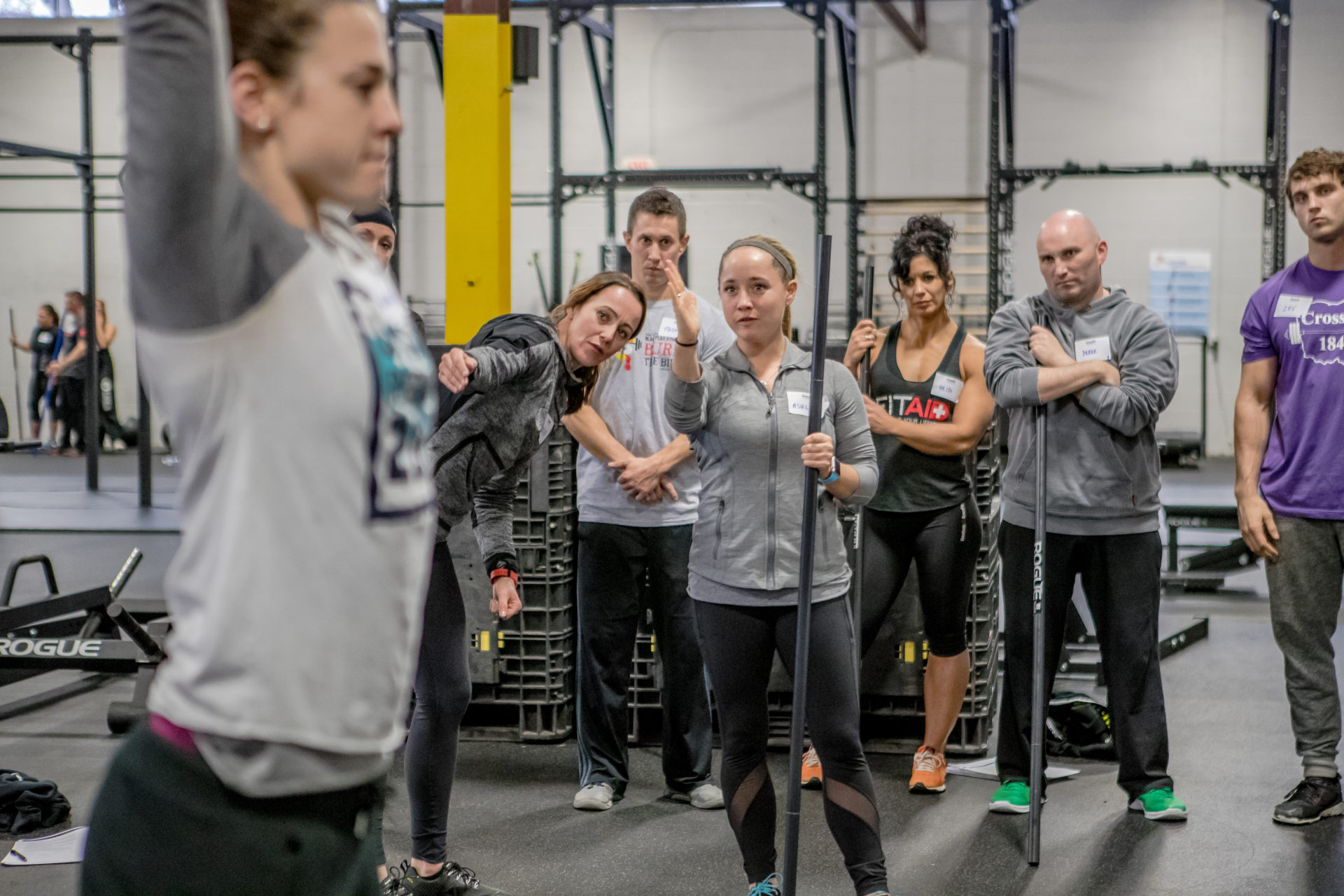Understanding CrossFit: A High-Intensity Fitness Regime
CrossFit has gained significant popularity worldwide as a high-intensity fitness program. Combining elements from various sports and disciplines, such as gymnastics, weightlifting, and cardio exercises, CrossFit offers a unique and dynamic approach to strength and conditioning.
The global appeal of CrossFit lies in its versatility and adaptability to different fitness levels and goals. From beginners to professional athletes, CrossFit attracts individuals seeking a challenging and comprehensive workout experience. However, with its high-intensity nature and complex movements, CrossFit has also raised concerns about its safety, making the question “is CrossFit safe?” a hot topic in the fitness community.
The Safety Debate: Weighing the Risks and Rewards
CrossFit, with its high-intensity nature and complex movements, presents unique safety concerns that have sparked a heated debate within the fitness community. Critics argue that the high risk of injury makes one question “is CrossFit safe?” while supporters highlight the numerous benefits and improvements in strength, endurance, and overall fitness.
The risks associated with CrossFit primarily stem from the high-intensity workouts and the complexity of the movements. Rapid progression, insufficient recovery, and poor form can lead to injuries, particularly in the shoulders, back, and knees. However, it is essential to acknowledge that these risks are not exclusive to CrossFit and can be found in various high-intensity fitness programs.
On the other hand, CrossFit offers numerous rewards that contribute to its global popularity. CrossFit workouts are designed to improve overall fitness, incorporating elements of cardio, strength, and flexibility. Regular participation in CrossFit can lead to significant improvements in strength, endurance, agility, and body composition. Moreover, the group dynamic and competitive nature of CrossFit foster a supportive and motivating community that encourages individuals to push their limits and achieve their fitness goals.
How to Ensure Safety in CrossFit: Tips for a Secure Training Experience
To ensure a safe and enjoyable CrossFit experience, consider the following practical tips:
- Proper Form: Mastering the correct form for each exercise is crucial in preventing injuries. Focus on quality over quantity, and take the time to learn and practice the proper techniques under the guidance of a certified CrossFit trainer.
- Gradual Progression: Avoid rushing into advanced movements or heavy weights too quickly. Instead, allow your body to adapt to the increased intensity and complexity by following a well-structured progression.
- Adequate Recovery: Ensure that you provide your body with sufficient time to recover between workouts. Overtraining can lead to fatigue, poor performance, and increased risk of injury. Schedule rest days and active recovery sessions as needed.
- Work with Certified CrossFit Trainers: Seek out CrossFit affiliates with certified trainers who have undergone rigorous training and assessment. Their expertise and guidance can help you navigate the challenges of CrossFit while minimizing the risk of injury.
- Seek Medical Advice: If you have any pre-existing medical conditions or concerns, consult with your healthcare provider before starting a CrossFit program. Their professional advice can help you tailor your training plan to your specific needs and limitations.
By incorporating these safety tips into your CrossFit journey, you can significantly reduce the risk of injury and optimize your overall fitness experience.
CrossFit-Related Injuries: A Closer Look
Despite the numerous benefits of CrossFit, it is essential to acknowledge the potential risks and injuries associated with this high-intensity fitness program. Some of the most common CrossFit-related injuries include shoulder, back, and knee injuries.
- Shoulder Injuries: The complex shoulder movements in CrossFit, such as overhead presses and kipping pull-ups, can lead to shoulder impingement, rotator cuff tendonitis, or even tears. These injuries often result from poor form, insufficient warm-up, or rapid progression to heavier weights.
- Back Injuries: The high-intensity nature of CrossFit workouts, combined with exercises like deadlifts, squats, and Olympic lifts, can put significant stress on the spine. Improper form, excessive loading, or lack of core stability can contribute to back strains, herniated discs, or spondylolysis.
- Knee Injuries: Knee injuries, such as patellar tendonitis or ACL tears, can occur due to poor squatting technique, excessive loading, or rapid progression. Plyometric exercises, like box jumps, can also contribute to knee injuries if not performed correctly.
To minimize the risk of CrossFit-related injuries, consider the following preventive measures:
- Focus on Mobility and Flexibility: Regularly incorporate mobility and flexibility exercises into your training routine to improve joint range of motion and reduce the risk of injuries.
- Prioritize Proper Form: Always prioritize proper form over speed or weight. Take the time to learn and practice the correct techniques under the guidance of a certified CrossFit trainer.
- Gradual Progression: Avoid rushing into advanced movements or heavy weights too quickly. Instead, allow your body to adapt to the increased intensity and complexity by following a well-structured progression.
- Listen to Your Body: Pay attention to any pain or discomfort during workouts. If you experience persistent pain, seek medical advice to address the issue before it escalates into a more severe injury.
By adopting these preventive measures, you can significantly reduce the risk of CrossFit-related injuries and enjoy a safer and more effective fitness experience.
Comparing CrossFit to Traditional Fitness Programs: A Safety Perspective
When considering the question “is CrossFit safe?”, it is essential to compare CrossFit to traditional fitness programs regarding injury rates, exercise selection, and intensity levels. While CrossFit has gained a reputation for being potentially dangerous, traditional fitness programs also pose risks if not performed correctly.
Injury Rates
Multiple studies have reported varying injury rates for CrossFit, with some suggesting a higher incidence than traditional fitness activities. However, it is crucial to consider that these statistics may be influenced by factors such as underreporting in traditional fitness programs and the self-selection bias of individuals more prone to injuries being drawn to CrossFit. Moreover, a direct comparison of injury rates between CrossFit and traditional fitness programs can be challenging due to differences in data collection methods and reporting standards.
Exercise Selection
CrossFit incorporates a wide variety of exercises, including Olympic lifts, powerlifts, gymnastics movements, and monostructural activities like running and rowing. Traditional fitness programs typically focus on a narrower range of exercises, often isolating specific muscle groups. CrossFit’s diverse exercise selection can contribute to a higher risk of injury due to the complexity and technical demands of the movements. However, this variety also offers a more comprehensive fitness experience, engaging multiple energy systems and promoting functional fitness.
Intensity Levels
CrossFit is characterized by its high-intensity nature, which can lead to a higher risk of injury if not managed correctly. Traditional fitness programs often involve lower-intensity activities, reducing the risk of injury. However, high-intensity exercise has been shown to offer numerous benefits, such as improved cardiovascular health, increased metabolic rate, and enhanced athletic performance. To mitigate the risks associated with high-intensity training, it is crucial to prioritize proper form, gradual progression, and adequate recovery.
In conclusion, when evaluating the safety of CrossFit compared to traditional fitness programs, it is essential to consider factors such as injury rates, exercise selection, and intensity levels. While CrossFit may present a higher risk of injury due to its complex movements and high-intensity nature, traditional fitness programs also pose risks if not performed correctly. By prioritizing safety, proper form, and professional guidance, individuals can enjoy the benefits of CrossFit while minimizing the risk of injury.
The Role of CrossFit Certification in Ensuring Safety
CrossFit certification plays a significant role in ensuring safety within the CrossFit community. CrossFit Level 1 (CF-L1) trainers undergo rigorous training and assessment to acquire the knowledge and skills necessary to guide athletes safely through workouts. By working with certified CrossFit trainers, individuals can significantly reduce the risk of injury and optimize their performance.
Knowledge and Expertise
Certified CrossFit trainers possess a deep understanding of human movement, exercise physiology, and programming principles. They are equipped to teach and correct complex movements, ensuring that athletes maintain proper form and technique during workouts. This expertise is crucial in minimizing the risk of injury and maximizing the benefits of CrossFit training.
Individualized Attention
CrossFit classes led by certified trainers often have a lower participant-to-trainer ratio compared to traditional fitness classes. This allows for more individualized attention, enabling trainers to monitor each athlete’s form, provide real-time feedback, and adjust workouts according to individual needs and abilities. As a result, athletes receive a safer and more effective training experience.
Continuing Education
CrossFit certification requires ongoing education and professional development. Certified trainers must stay updated on the latest research, techniques, and best practices in the fitness industry. This commitment to continuous learning ensures that trainers are well-equipped to address the evolving needs and safety concerns of their athletes.
In conclusion, CrossFit certification significantly impacts safety within the CrossFit community. By working with certified trainers, athletes can benefit from their knowledge, expertise, and individualized attention, ultimately reducing the risk of injury and optimizing their performance. When considering “is CrossFit safe?”, seeking out certified CrossFit trainers is a crucial step in ensuring a secure and rewarding fitness experience.
Individual Variation in Responding to CrossFit: A Safety Consideration
When evaluating the safety of CrossFit, it is essential to consider the individual differences in responding to this high-intensity fitness program. Each athlete’s unique physiology, fitness level, and injury history can influence their safety and overall experience.
Personalized Programming
A certified CrossFit trainer can design a personalized program tailored to an athlete’s specific needs, abilities, and goals. This individualized approach ensures that the workout intensity, volume, and exercise selection are appropriate for the athlete, reducing the risk of injury and enhancing safety.
Gradual Progression
Gradual progression is crucial in CrossFit training, as it allows the athlete’s body to adapt to new movements, increased intensity, and heavier weights. By progressing at a steady pace, athletes can minimize the risk of injury and optimize their performance over time.
Monitoring and Adjustments
Certified CrossFit trainers should continuously monitor athletes for signs of fatigue, poor form, or discomfort. By making real-time adjustments to workouts and offering individualized feedback, trainers can help athletes maintain safety and effectiveness throughout their training sessions.
Communication and Collaboration
Open communication between athletes and trainers is vital in ensuring safety during CrossFit training. Athletes should share their concerns, limitations, and goals with their trainers, while trainers should actively listen and collaborate with athletes to create a safe and effective training environment.
In conclusion, recognizing and addressing individual differences in responding to CrossFit training is a crucial safety consideration. By incorporating personalized programming, gradual progression, monitoring, adjustments, and communication, athletes and trainers can work together to create a safer and more effective CrossFit experience. When considering “is CrossFit safe?”, it is essential to remember that individual variation plays a significant role in the safety and success of CrossFit training.
Maintaining a Balanced Perspective on CrossFit Safety
CrossFit, like any high-intensity fitness program, presents both rewards and risks. When considering “is CrossFit safe?”, it is essential to maintain a balanced perspective that acknowledges the potential for injury while emphasizing the value of proper form, professional guidance, and individualized programming.
Prioritizing Safety and Proper Form
Safety should always be a top priority in CrossFit training. By focusing on proper form and technique, athletes can significantly reduce the risk of injury and optimize their performance. Taking the time to learn and practice correct movement patterns is crucial for long-term success and safety in CrossFit.
Seeking Professional Guidance
Working with certified CrossFit trainers ensures that athletes receive expert guidance, feedback, and support throughout their training journey. These professionals can help athletes develop safe and effective training plans, correct form and technique, and navigate the challenges of high-intensity fitness.
Embracing Individual Differences
Recognizing and addressing individual differences in responding to CrossFit training is vital for ensuring safety and effectiveness. By catering to each athlete’s unique physiology, fitness level, and injury history, certified trainers can create personalized programs that minimize the risk of injury and maximize the benefits of CrossFit training.
Continuous Learning and Improvement
Staying informed about the latest research, techniques, and best practices in CrossFit is essential for maintaining safety and effectiveness. By committing to continuous learning and improvement, athletes and trainers can adapt their training methods to address emerging safety concerns and optimize their fitness experience.
In conclusion, when evaluating “is CrossFit safe?”, it is crucial to maintain a balanced perspective that acknowledges the potential risks while emphasizing the importance of safety, proper form, professional guidance, and individualized programming. By prioritizing these factors, athletes can enjoy a rewarding and secure CrossFit experience that supports their long-term fitness goals.








